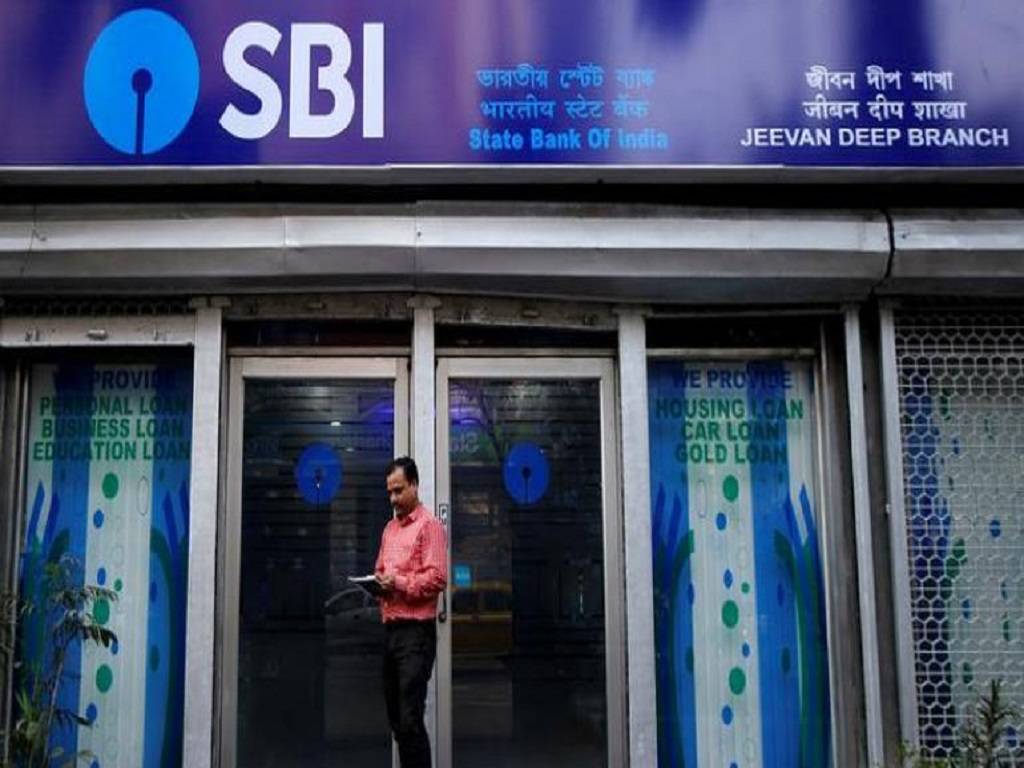
Scammers are adopting a new scheme to steal money and personal information, according to the State Bank of India (SBI). The Press Information Bureau (PIB), which informs the print and electronic media on government policies, programs, projects, and achievements, is the one informing SBI customers about this latest SMS fraud.
SBI users should be cautious of messages informing them that their account has been disabled, according to PIB. Scammers are allegedly sending these messages through SMS. SBI customers are advised not to react to such texts or calls, according to the bureau. These users are also advised not to click on any of the message's links.
The government agency issued a warning on its official Twitter account. "A statement in circulation saying that your @TheOfficialSBI account has been banned is #FAKE," PIB wrote in one of the tweets.
PBI also warns users that they should not:
-
reply to emails/text messages requesting personal or financial information
-
If they receive such a message, they must immediately report reporting. The bank will take quick action if you phish @sbi.co.in.
According to PBI, the scammers invite customers to provide personal "papers" since their account has been "blocked" via a fake SBI mail. Scammers advise users to click on a URL included in the message to reactivate their accounts.
"Dear A/c holder SBI BANK documents have expired A/c will be banned Now Click http://sbikvs.II Update via Net Banking," the fake message reads.
If you examine the message attentively, it does not appear to have been sent by SBI. There are grammatical flaws, formatting difficulties, and punctuation issues, and the URL isn't even on the official SBI website. These financial institutions always send SMS from an official bank contact. Grammatical problems are common in scammed messages, and this one is no exception.
This isn't the first-time scammers have used fake messages and dangerous links to target SBI customers.
SBI customers were previously prompted to complete their KYC by clicking on a website that required them to submit their banking and personal information. The objective back then was to empty the bank account, and the goal is the same this time.
















